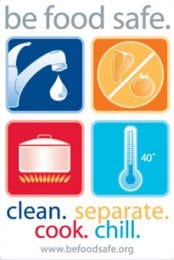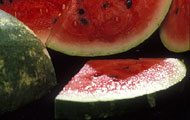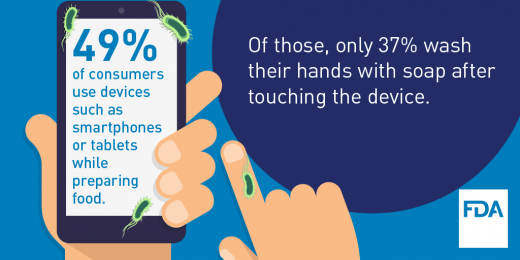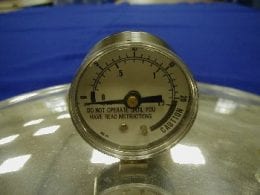 The first important lesson of the school year is packing a safe lunch. All it takes is a quick refresher course:
The first important lesson of the school year is packing a safe lunch. All it takes is a quick refresher course:
- Remember to always keep it clean. Wash your hands with warm water and soap for at least 20 seconds before and after handling food. Use hot water and soap to make sure food preparation surfaces and utensils are clean.
- Perishable items (sandwiches, fresh fruit) and shelf-stable items (crackers, packaged pudding) need to be kept chilled to reduce risk of foodborne illness.
- Rinse all fresh fruits and vegetables under running tap water. Blot dry with a paper towel.
- Prepare sandwiches or other perishable items the night before. Store lunch items in the refrigerator until your child is ready to go to school.
- Insulated, soft-sided lunch totes are best for keeping perishable foods chilled. A cold source, such as a small frozen gel pack or frozen juice box, should be packed with perishable foods. Frozen gel packs will keep foods cold until lunchtime, but are not recommended for all-day storage.
For more tips, see www.fightbac.org/kidsfoodsafety/school-lunches/.




